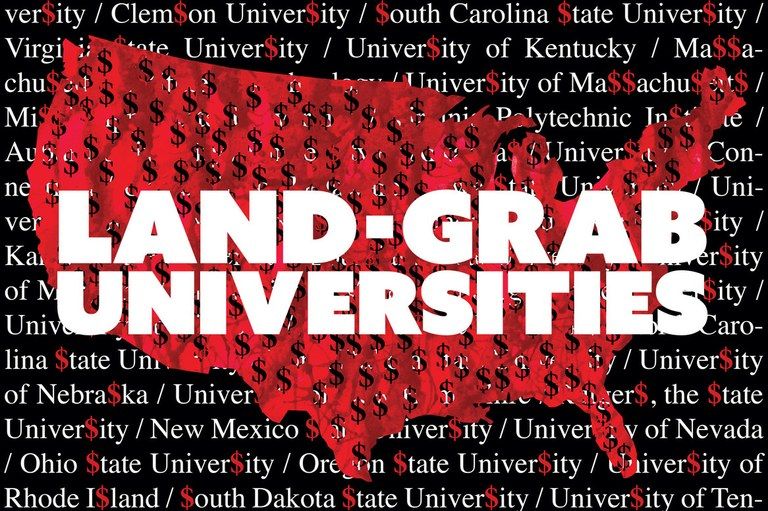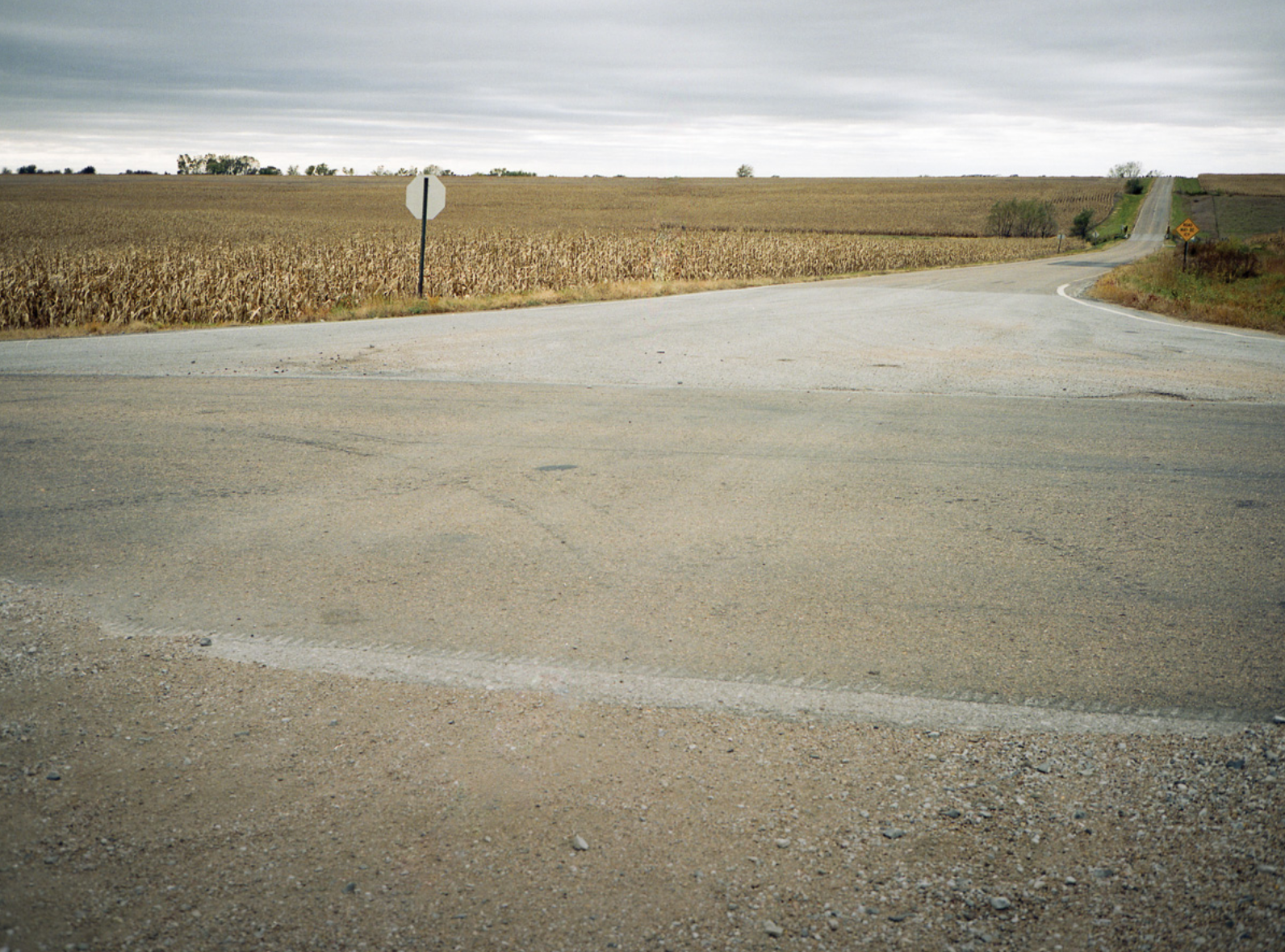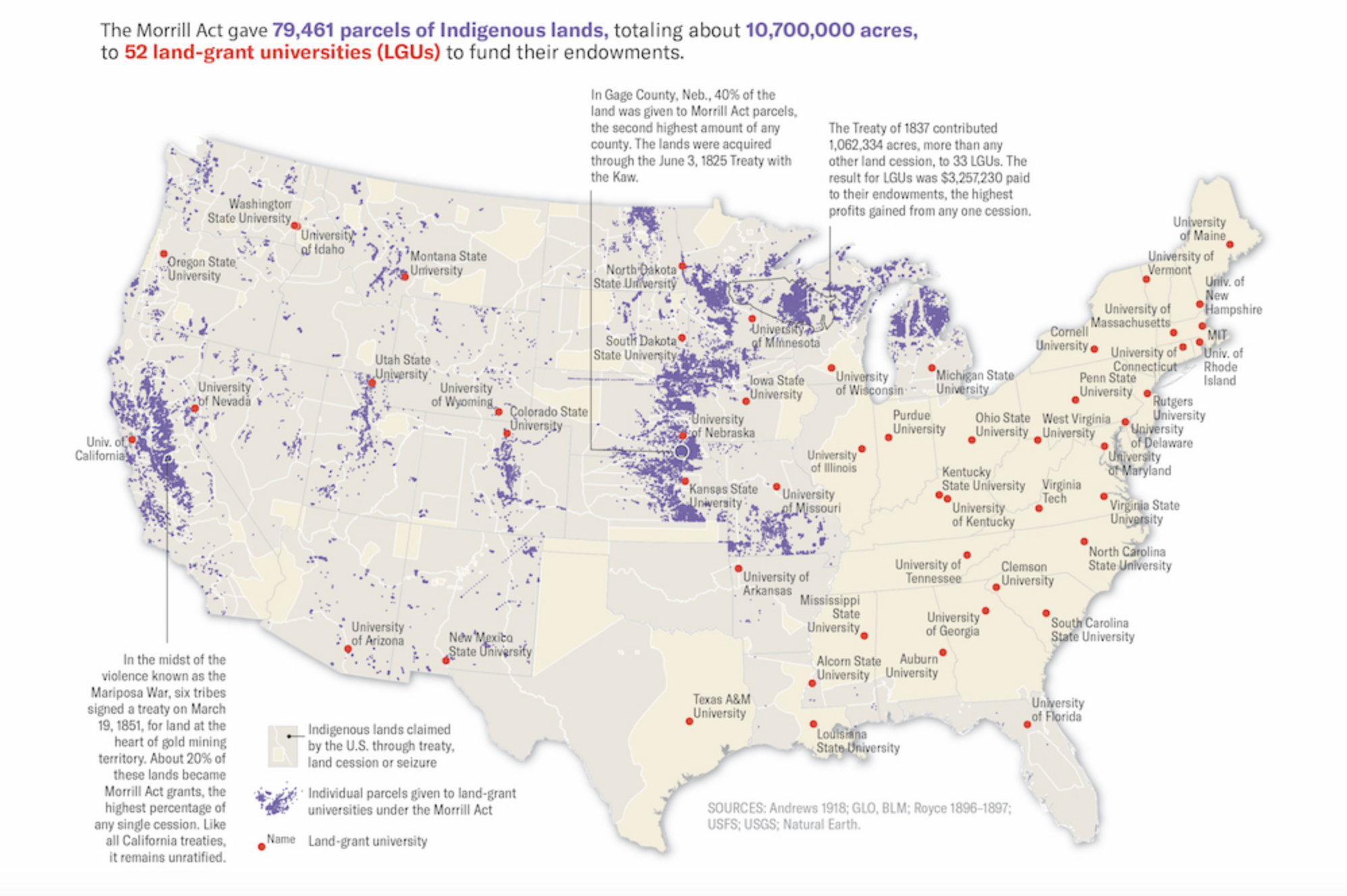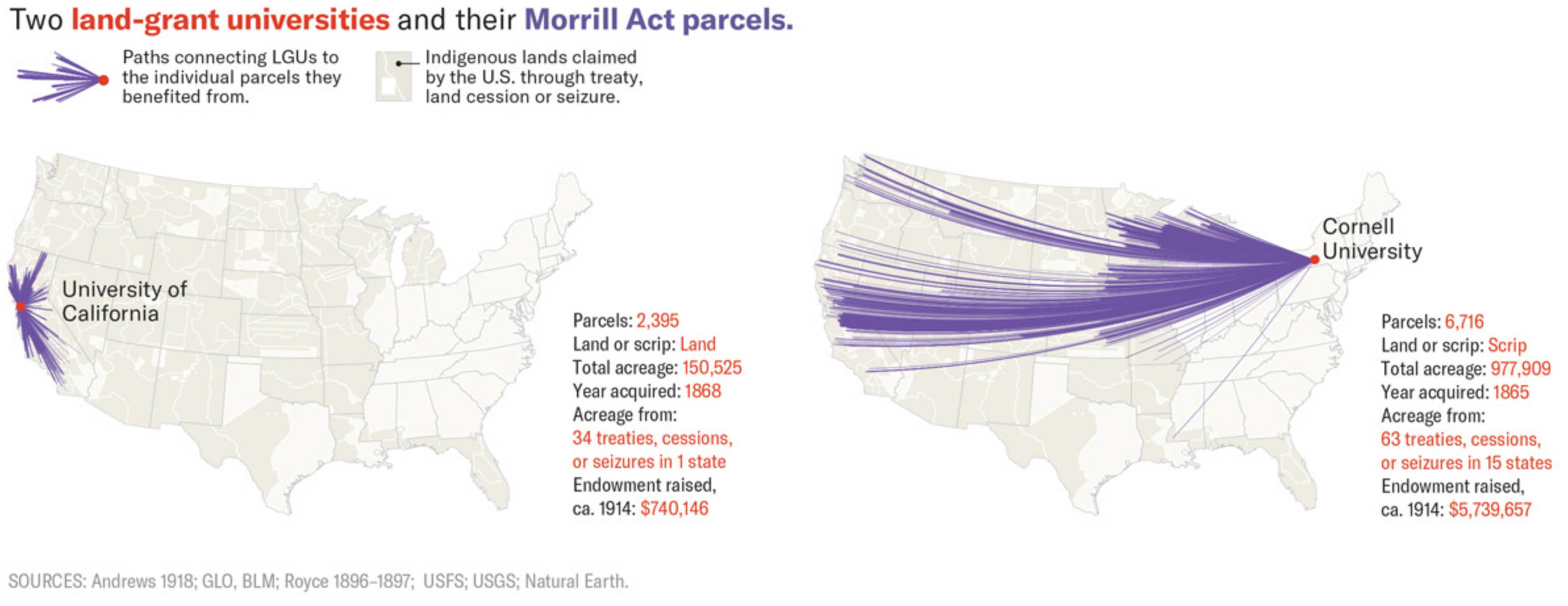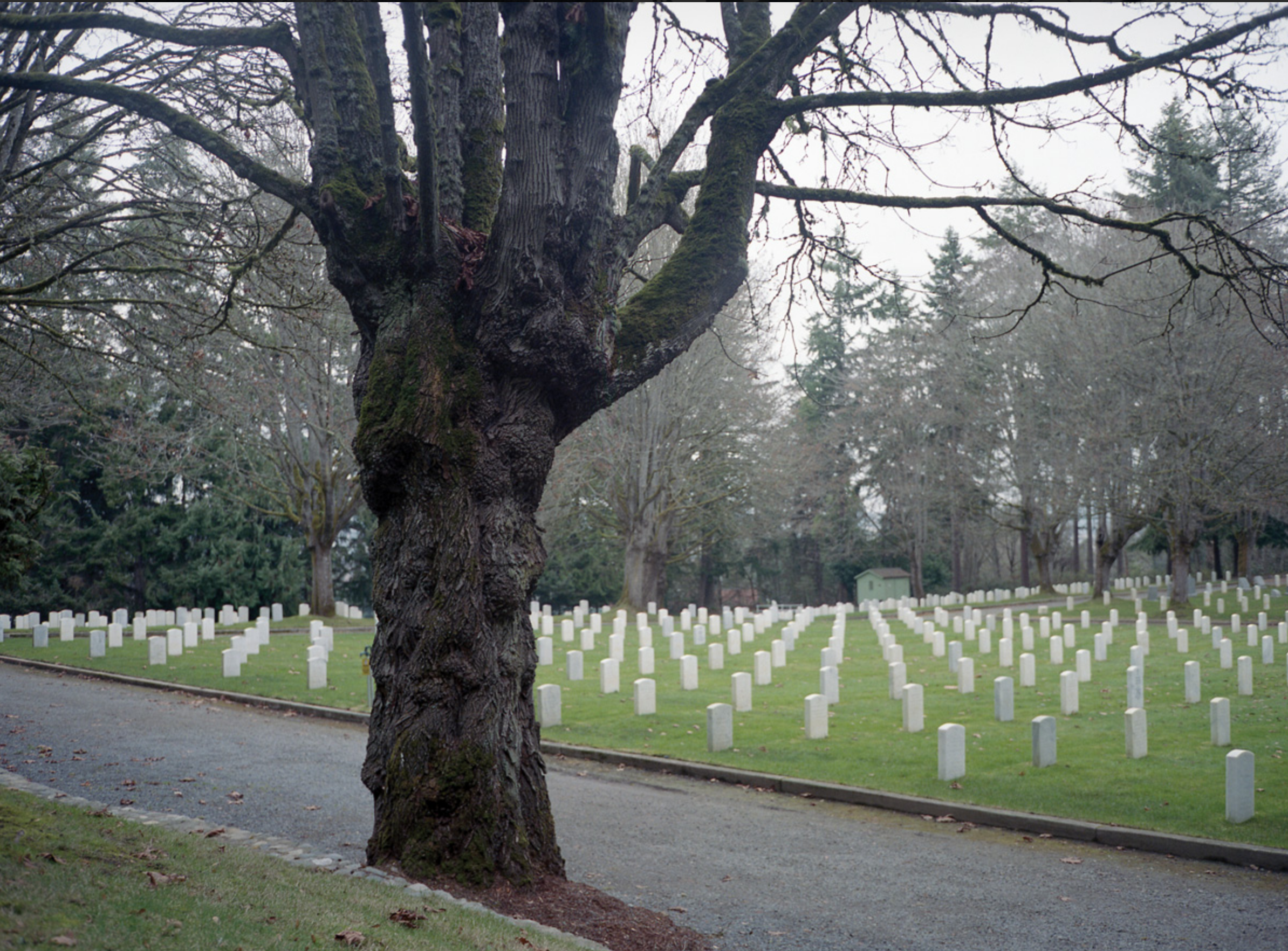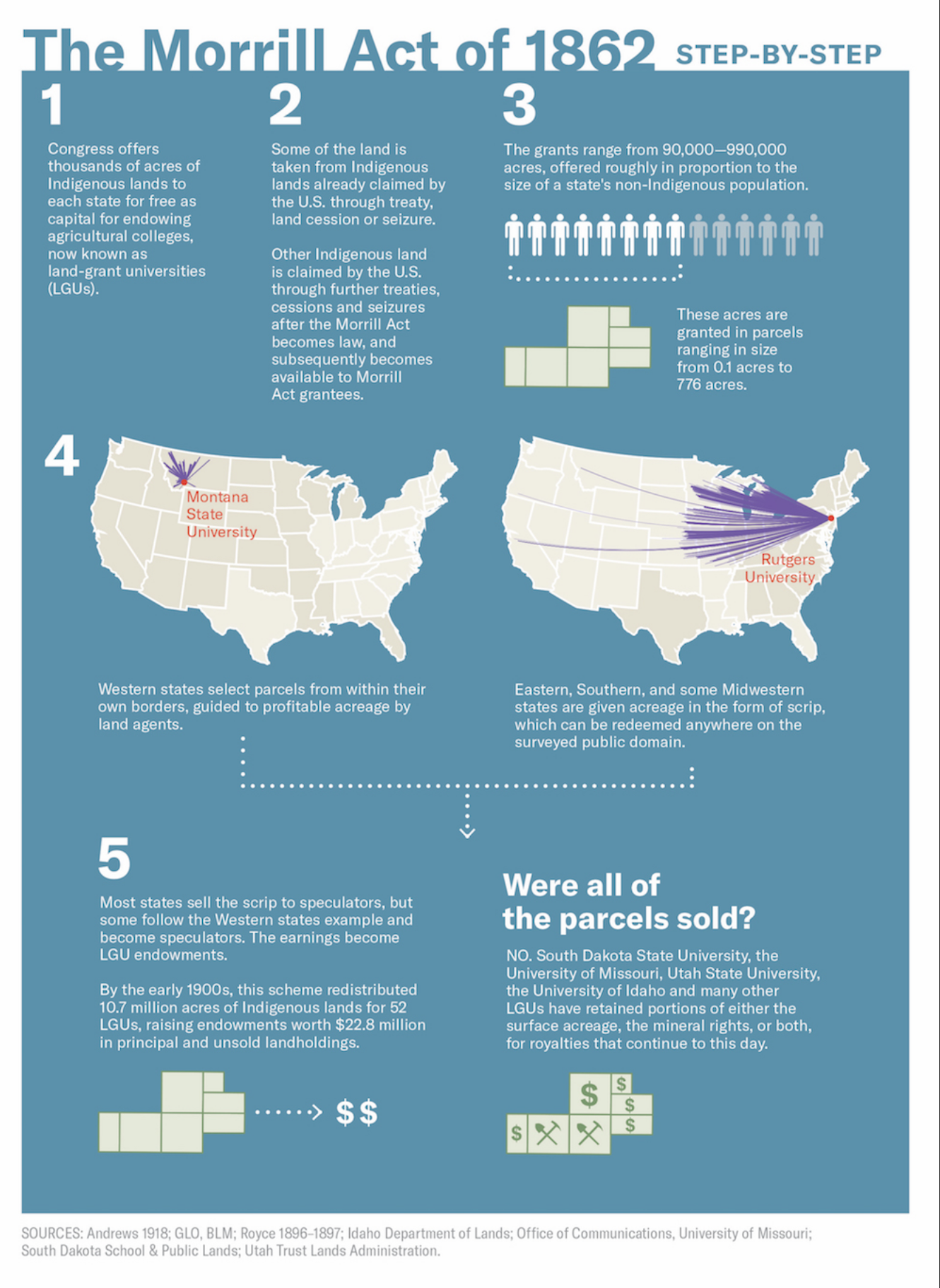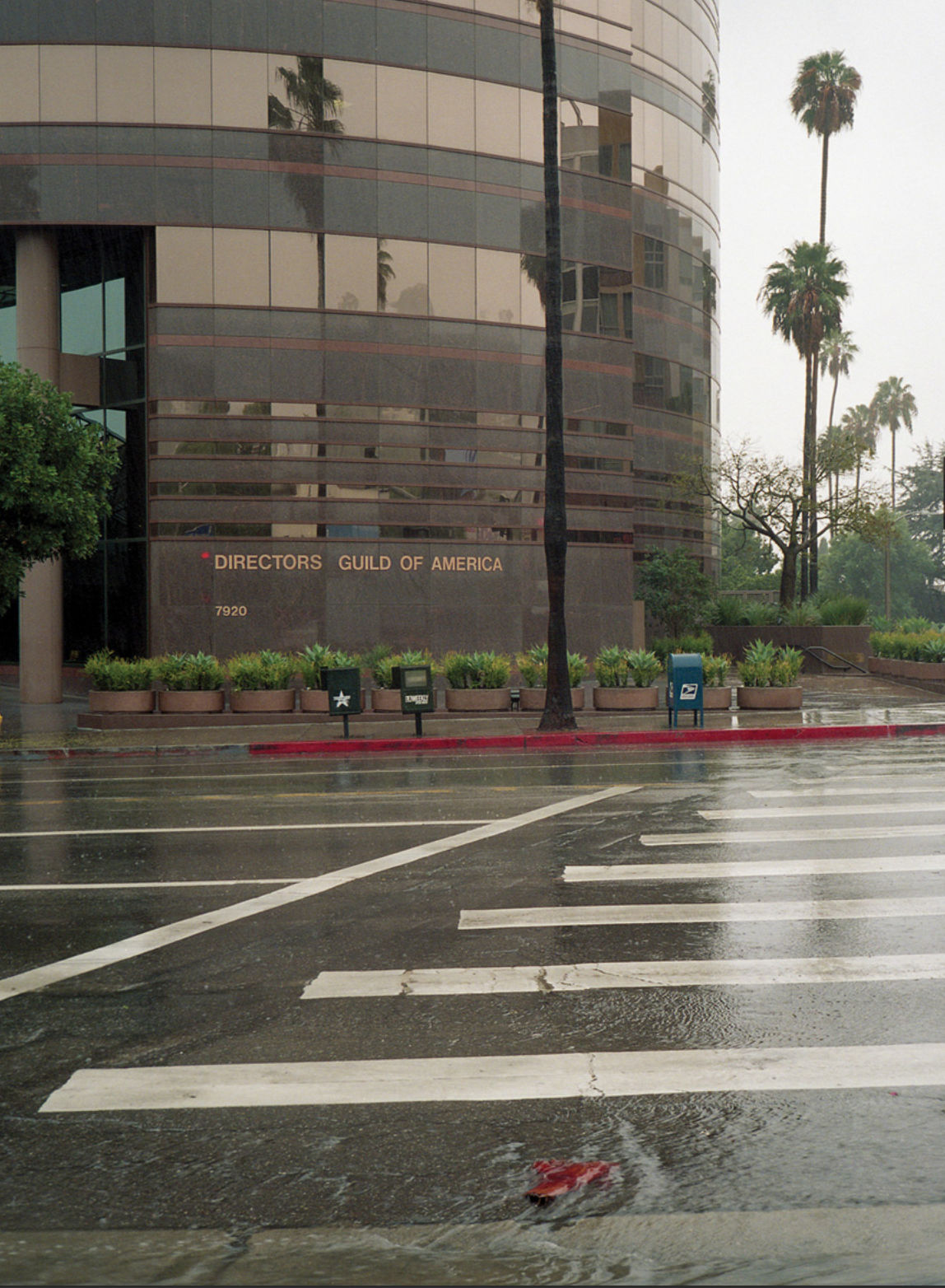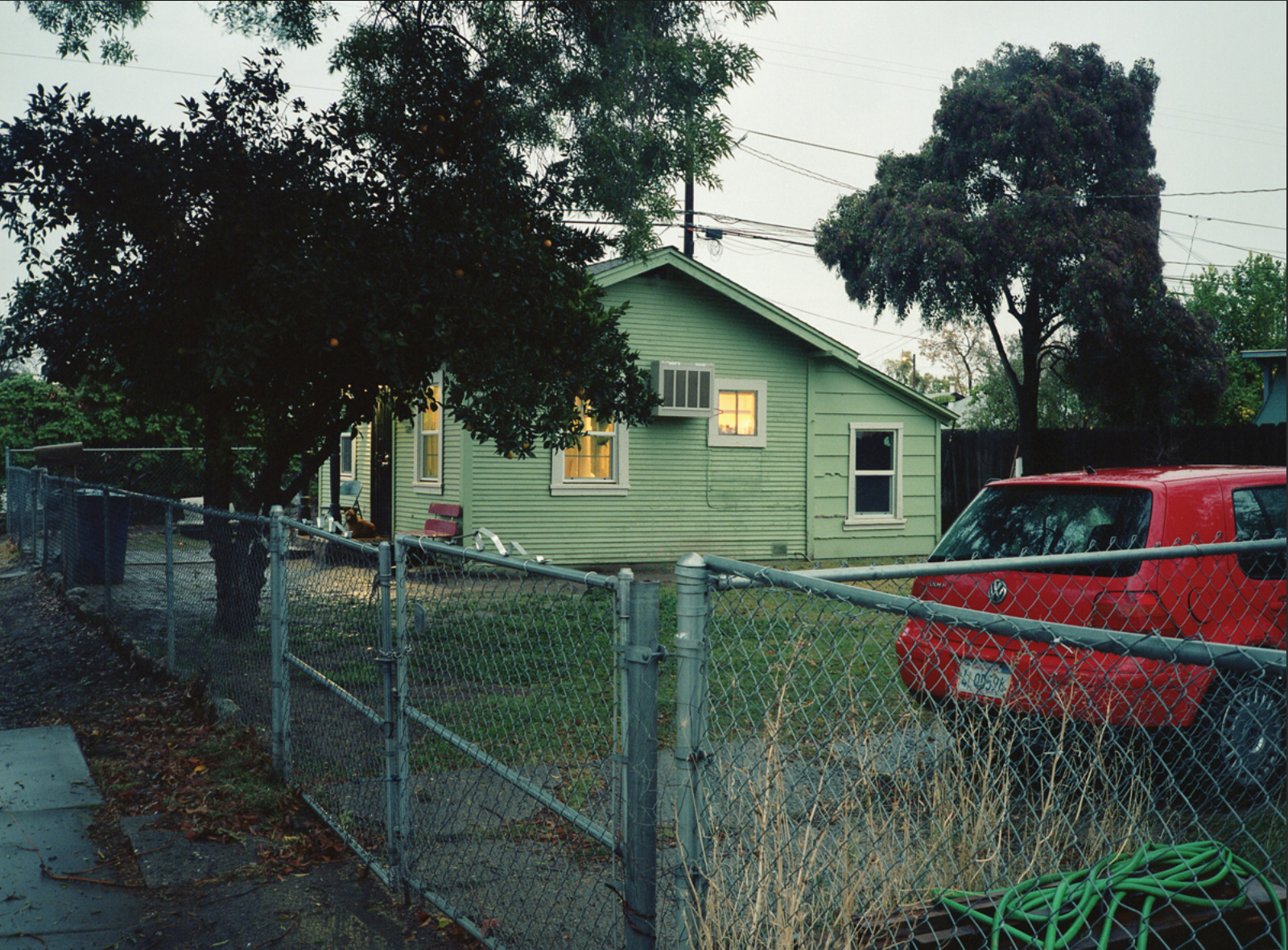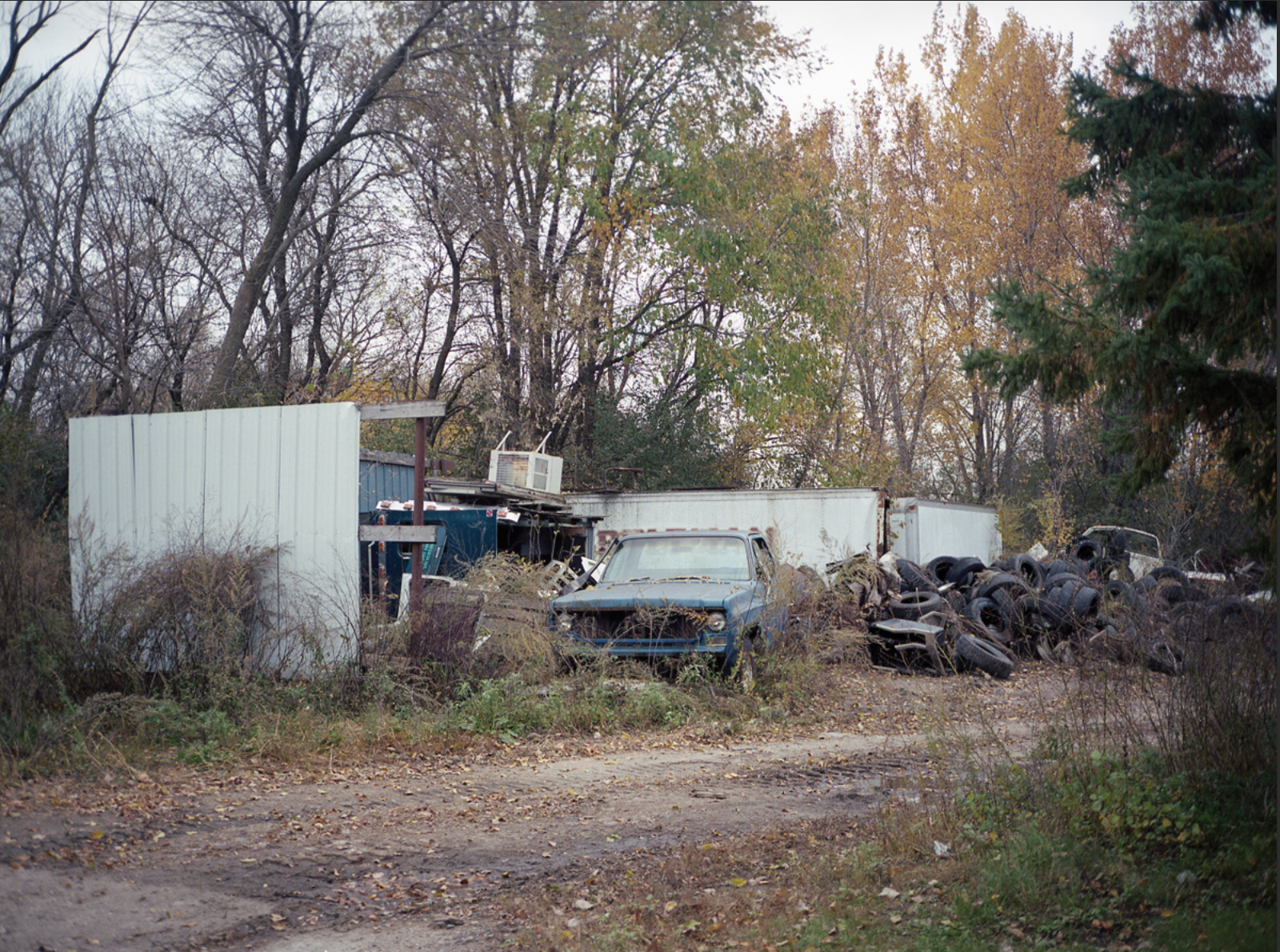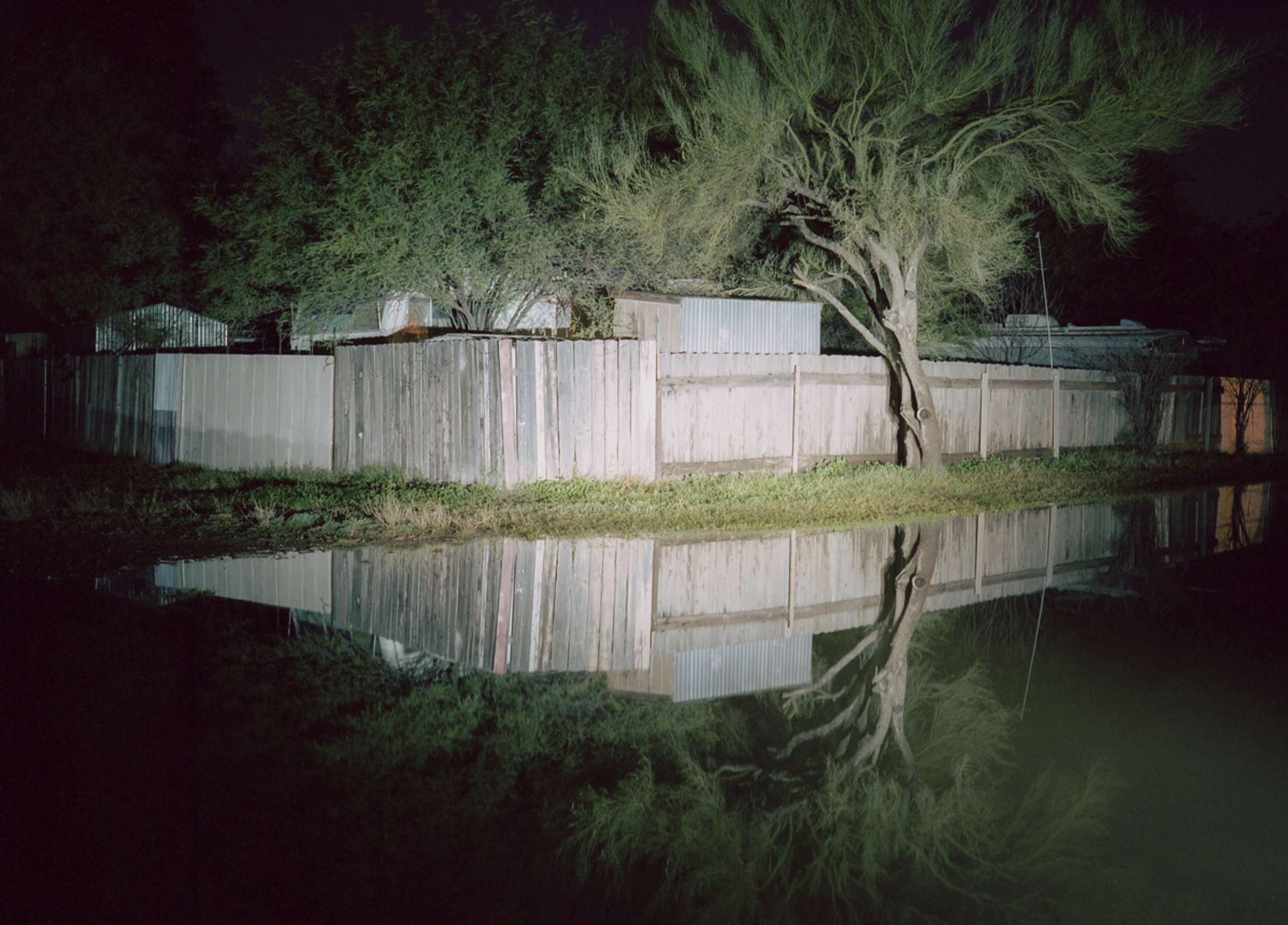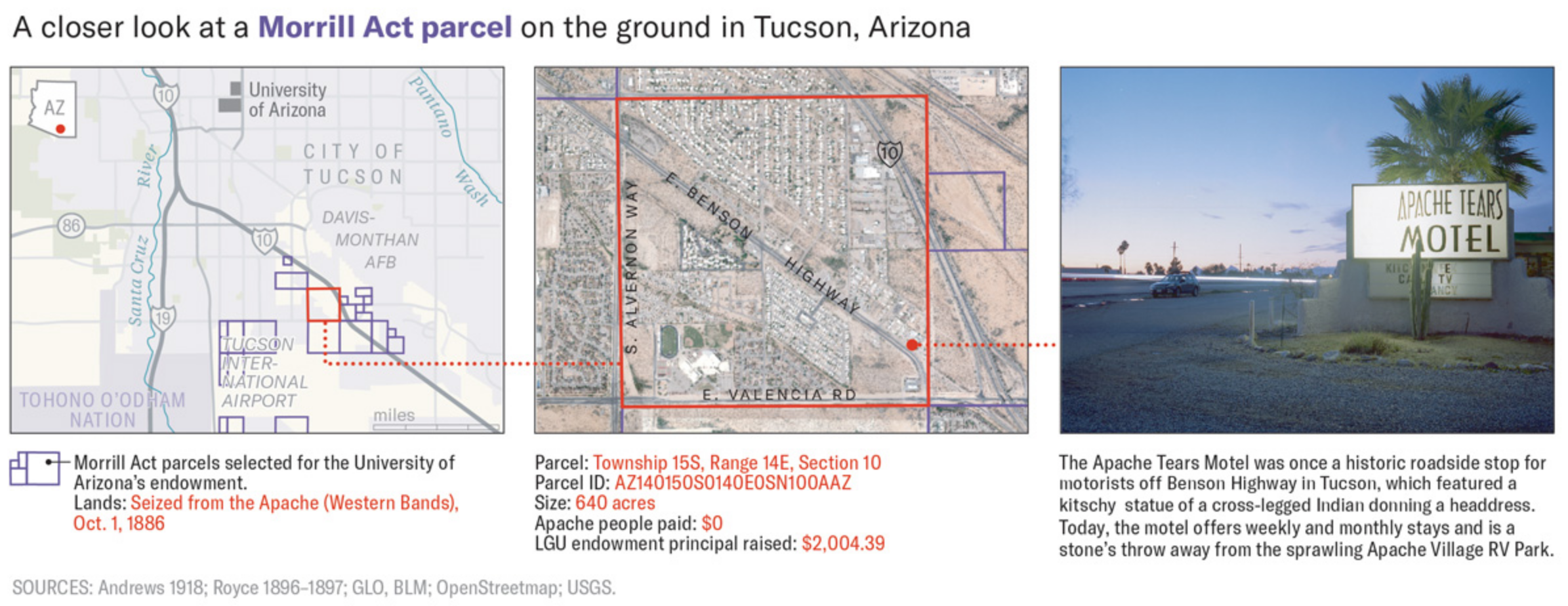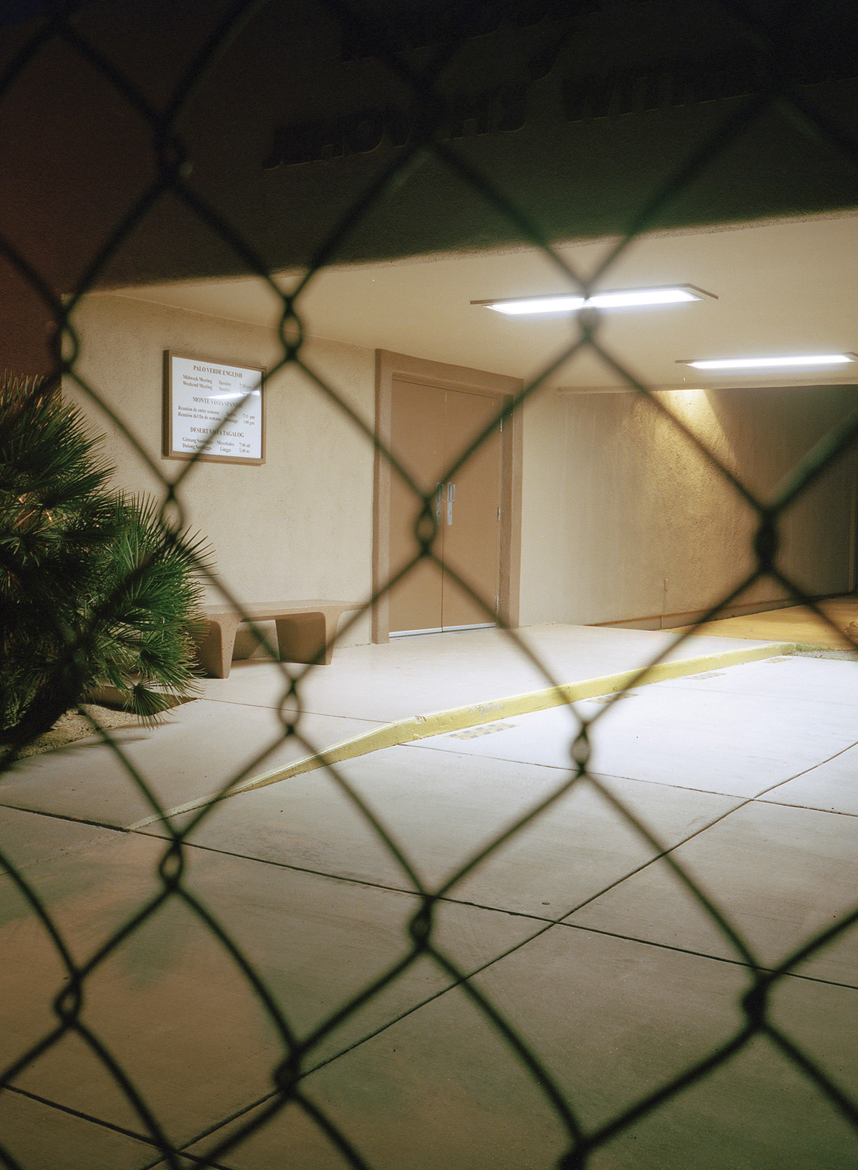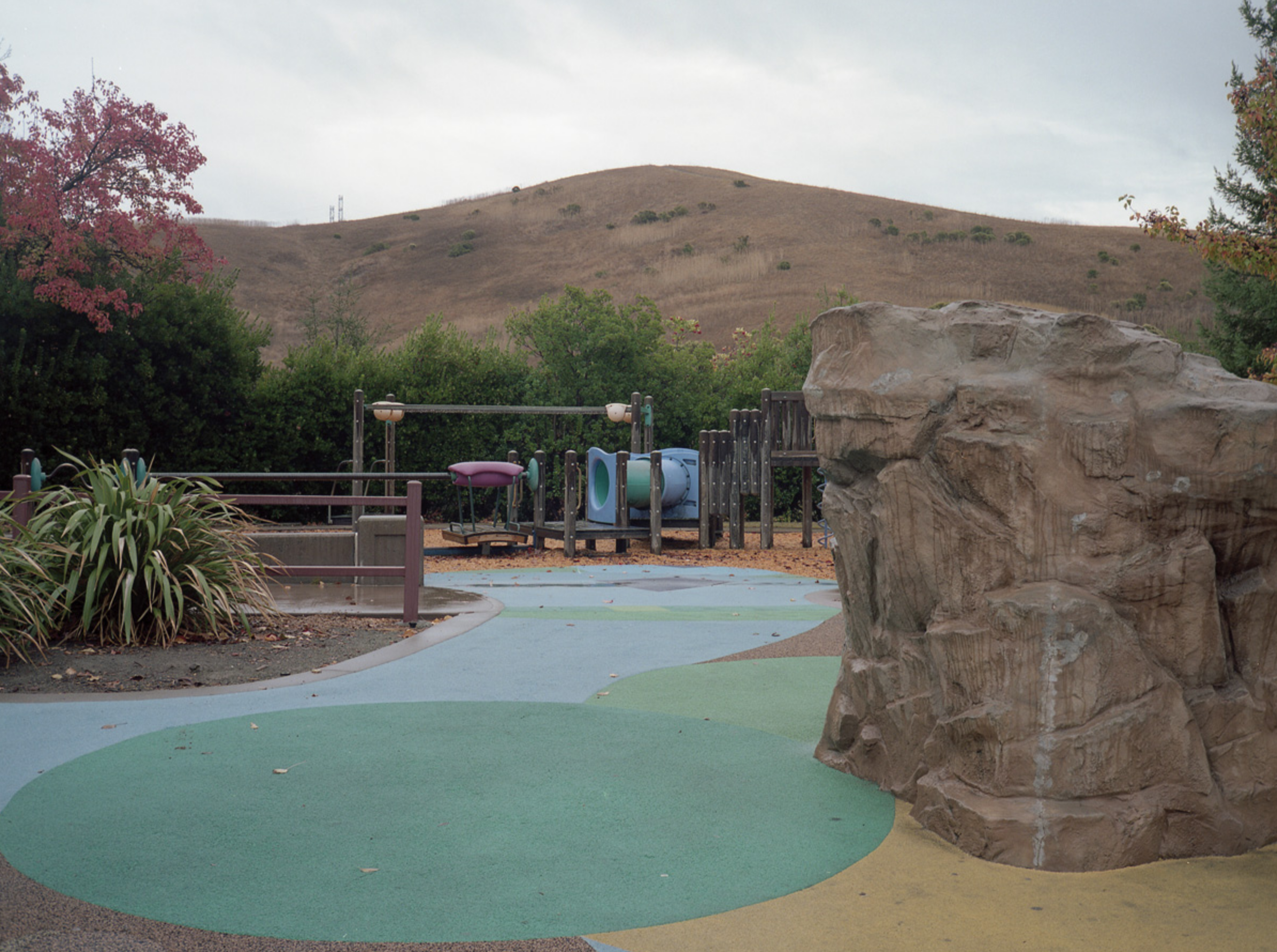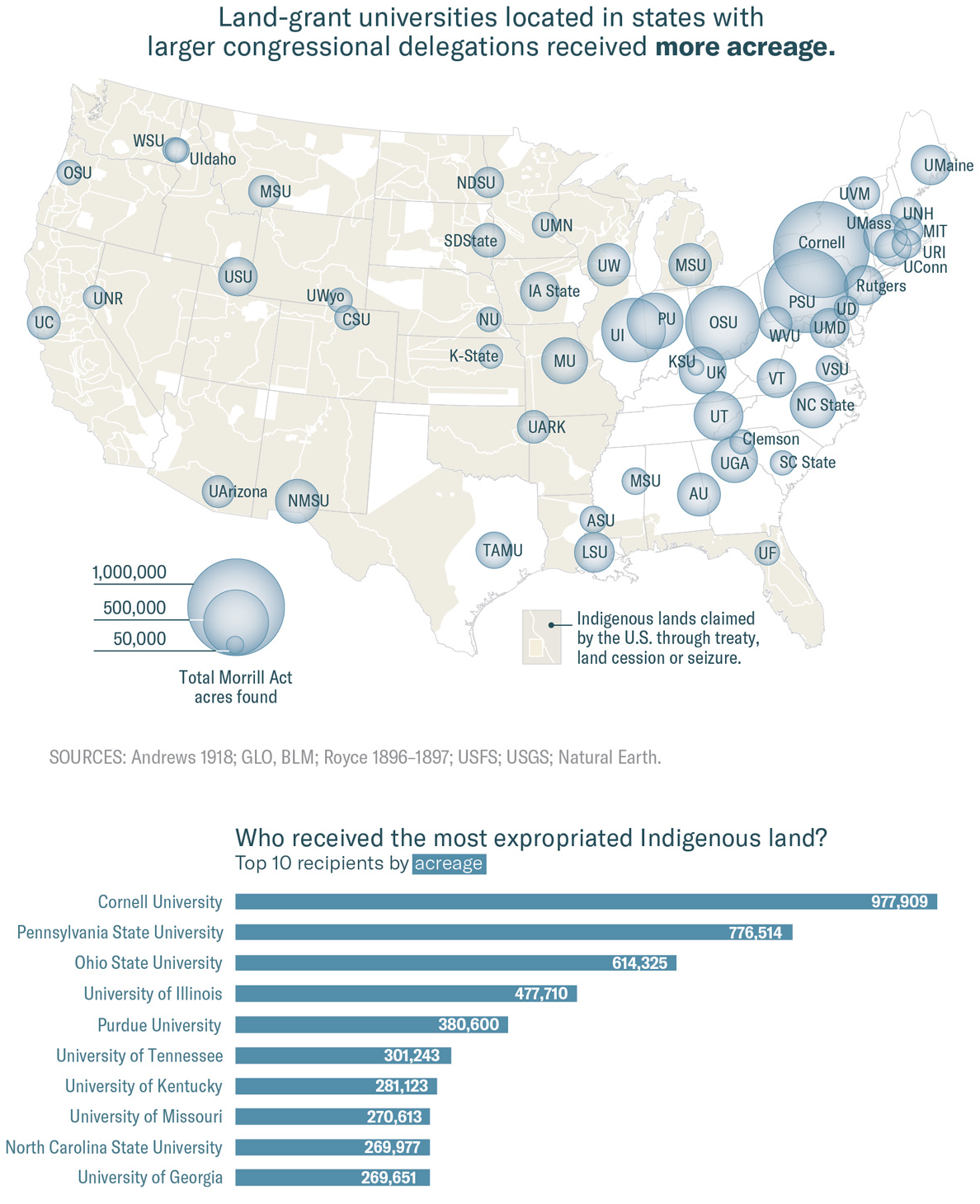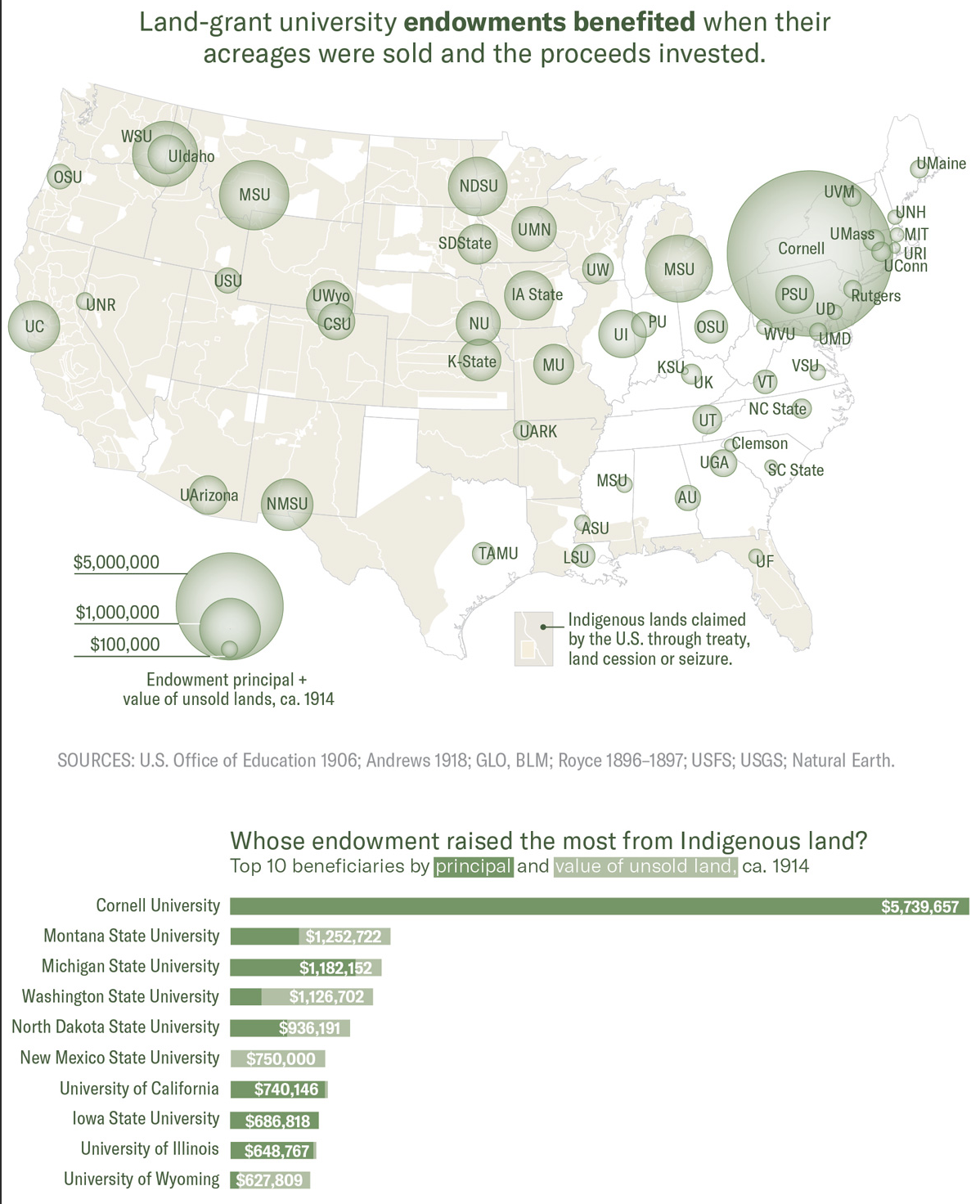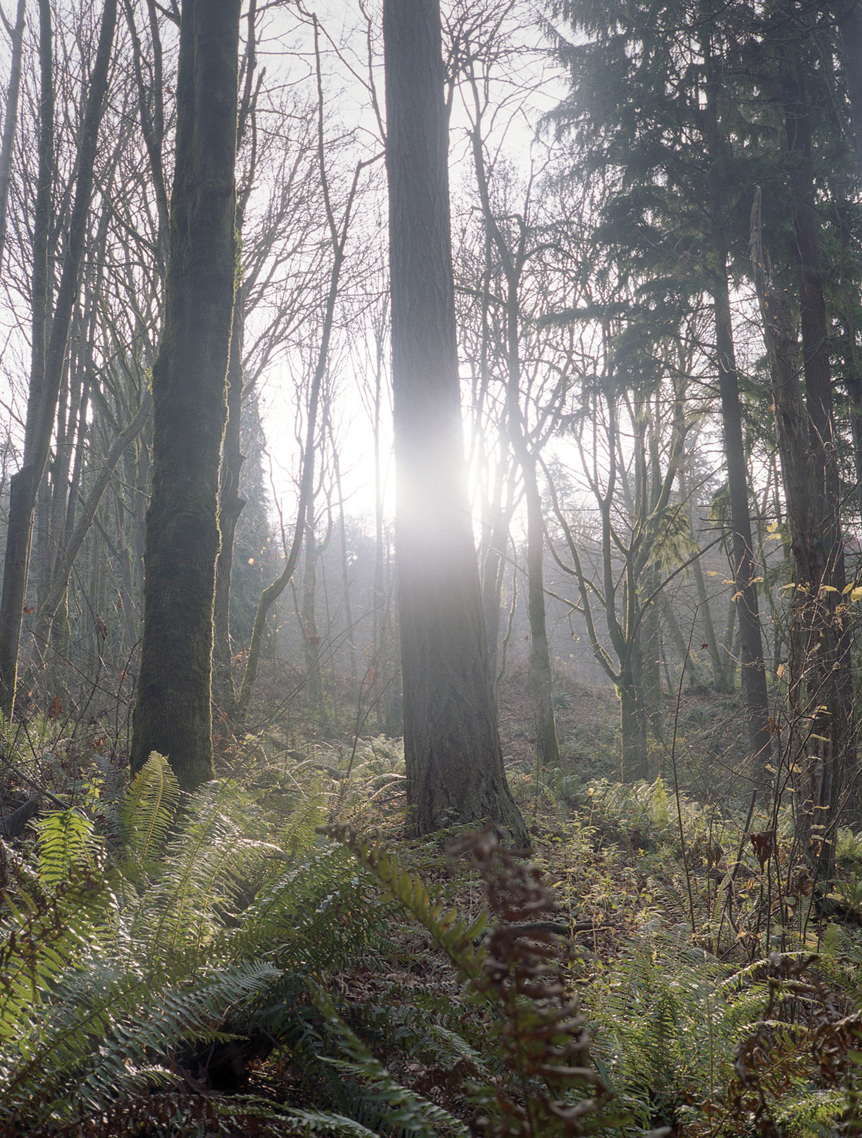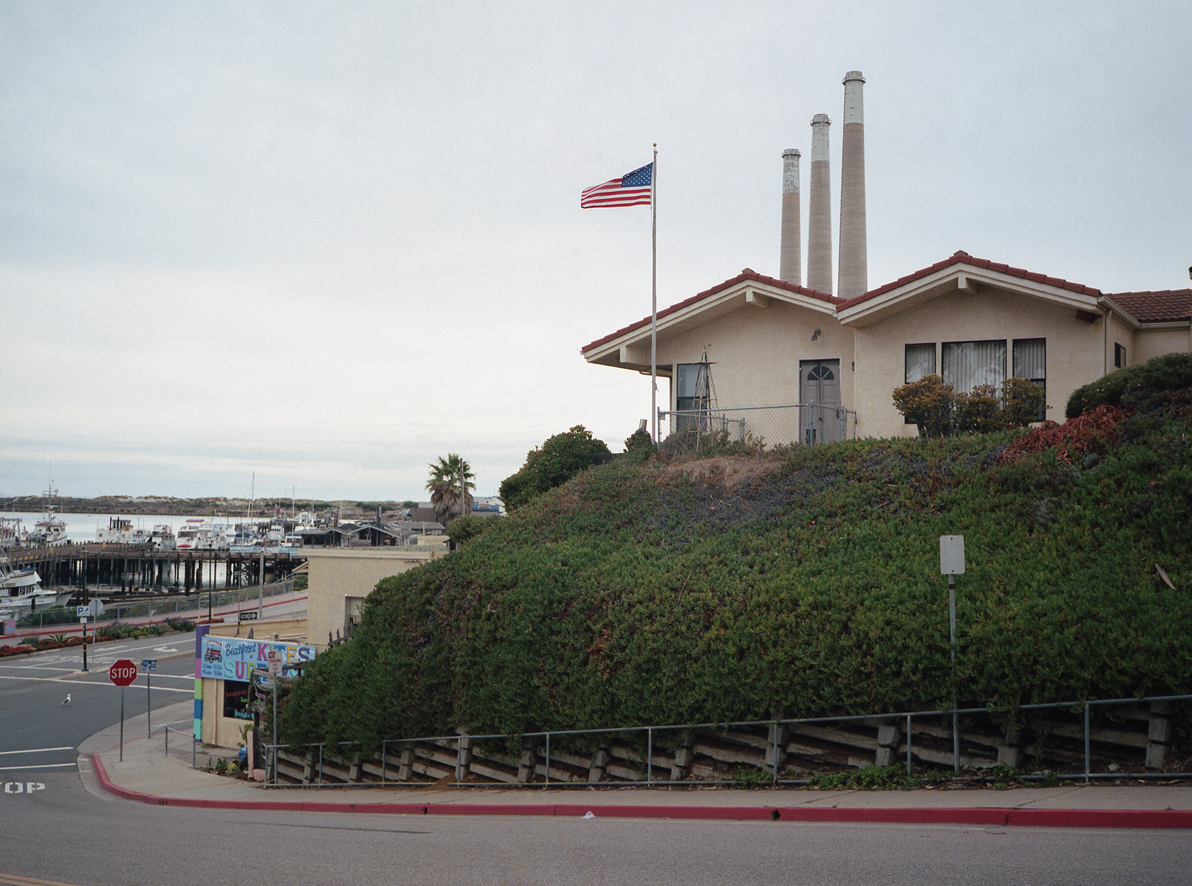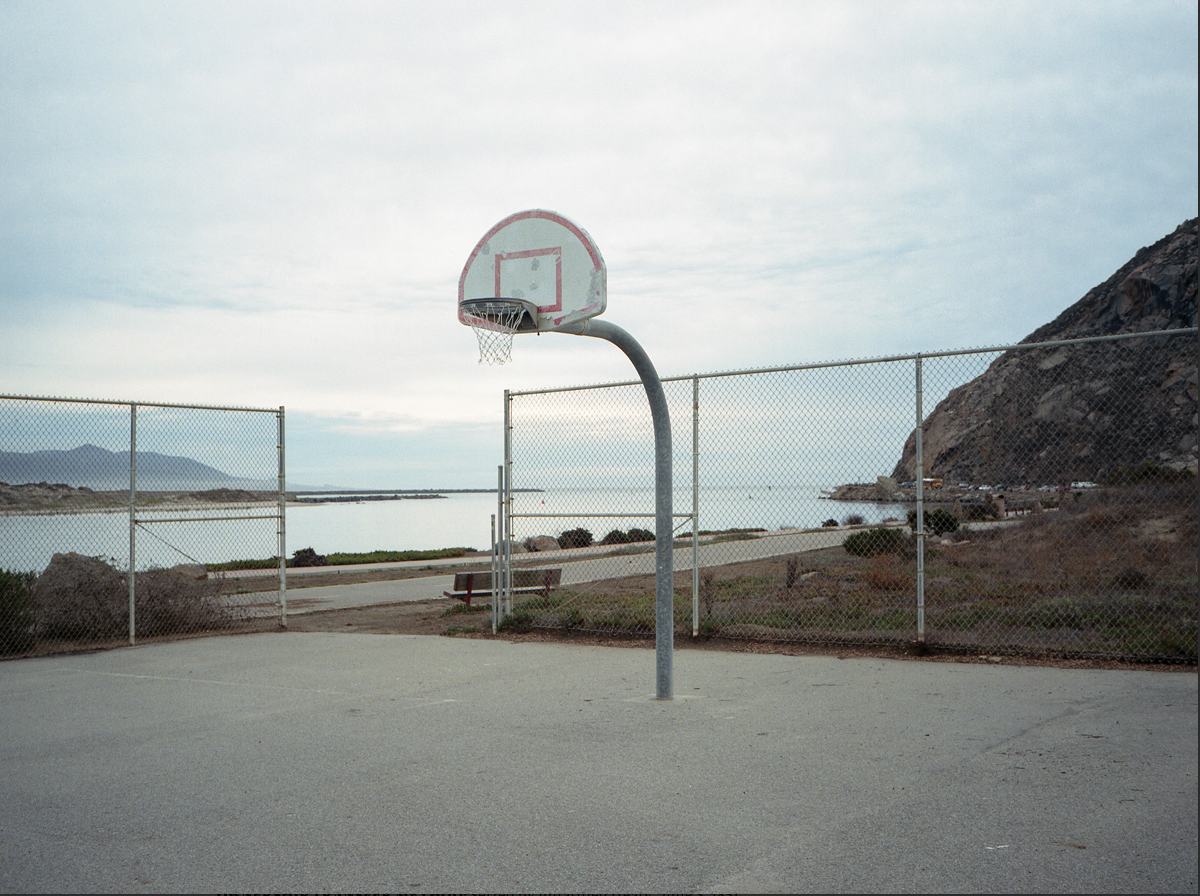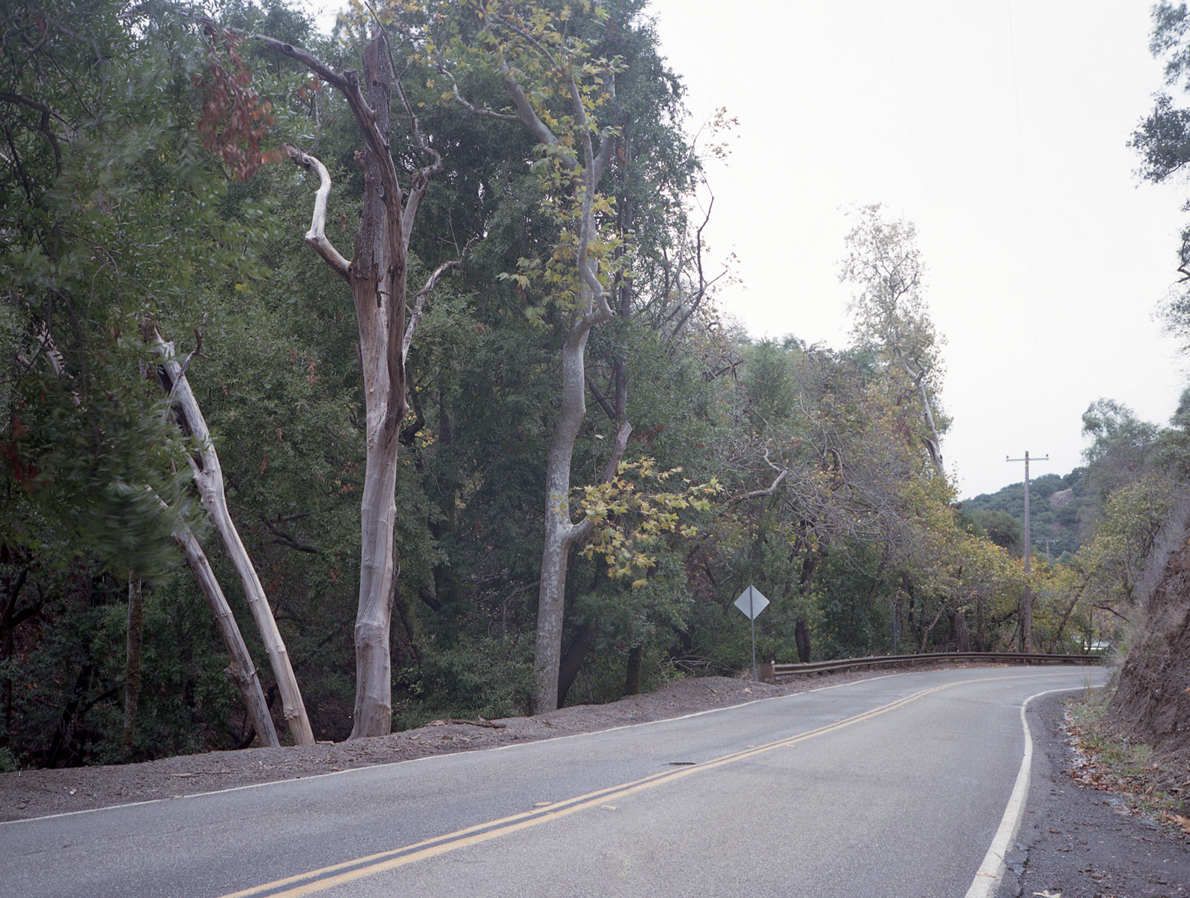On August 29, 1911, a Yahi man known as Ishi came out of hiding near Oroville, California. He had spent decades evading settlers after the massacre of his community in the 1860s and had recently lost the last of his family. Whisked off to the University of California’s anthropology museum, he was described by the press as the “last wild Indian.” Ishi spent his final years living at the museum. When he wasn’t explaining his language to researchers or making arrow points for visitors, he swept the floors with a straw broom as a janitor’s assistant. In return, he was paid $25 a month by the same university that sold thousands of acres of his people’s land out from under him while he hid out in forests and river canyons.
Ishi may be known in Indian Country and to California public school students, but his story remains mostly obscure — though considerably less so than that of the millions of acres of Indigenous land sold to endow the land-grant universities of the United States.
In 1862, President Abraham Lincoln signed the Morrill Act, which distributed public domain lands to raise funds for fledgling colleges across the nation. Now thriving, the institutions seldom ask who paid for their good fortune. Their students sit in halls named after the act’s sponsor, Vermont Rep. Justin Morrill, and stroll past panoramic murals that embody creation stories that start with gifts of free land.
Behind that myth lies a massive wealth transfer masquerading as a donation. The Morrill Act worked by turning land expropriated from tribal nations into seed money for higher education. In all, the act redistributed nearly 11 million acres — an area larger than Massachusetts and Connecticut combined. But with a footprint broken up into almost 80,000 parcels of land, scattered mostly across 24 Western states, its place in the violent history of North America’s colonization has remained comfortably inaccessible.
Over the past two years, High Country News has located more than 99% of all Morrill Act acres, identified their original Indigenous inhabitants and caretakers, and researched the principal raised from their sale in the late 19th and early 20th centuries. We reconstructed approximately 10.7 million acres taken from nearly 250 tribes, bands and communities through over 160 violence-backed land cessions, a legal term for the giving up of territory.
Our data shows how the Morrill Act turned Indigenous land into college endowments. It reveals two open secrets: First, according to the Morrill Act, all money made from land sales must be used in perpetuity, meaning those funds still remain on university ledgers to this day. And secondly, at least 12 states are still in possession of unsold Morrill acres as well as associated mineral rights, which continue to produce revenue for their designated institutions.
The returns were stunning: To extinguish Indigenous title to land siphoned through the Morrill Act, the United States paid less than $400,000. But in truth, it often paid nothing at all. Not a single dollar was paid for more than a quarter of the parcels that supplied the grants — land confiscated through outright seizure or by treaties that were never ratified by the federal government. From the University of Florida to Washington State University, from the Massachusetts Institute of Technology to the University of Arizona, the grants of land raised endowment principal for 52 institutions across the United States.
By the early 20th century, the grants had raised $17.7 million for university endowments, with unsold lands valued at an additional $5.1 million. If those sums sound paltry today, bear in mind that places like the University of Nebraska-Lincoln matriculated just 20 students to its first class in 1869. Contemporaries not only welcomed the grants as “a very munificent endowment,” they competed to acquire them to found new colleges or stabilize existing institutions. The money provided interest income, inspired gifts and boosted local economies, which is why a 2014 study called it “the gift that keeps on giving.”
Altogether, the grants, when adjusted for inflation, were worth about half a billion dollars.
Chances are you have heard land acknowledgements recited at many of these universities, formal statements that recognize the Indigenous peoples who formerly possessed the lands those colleges now stand on. What many of these statements miss is that land-grant universities were built not just on Indigenous land, but with Indigenous land. It’s a common misconception, for instance, that the Morrill Act grants were used only for campuses. In fact, the grants were as big or bigger than major cities, and were often located hundreds or even thousands of miles away from their beneficiaries.
Today, these acres form the landscape of the United States. On Morrill Act lands there now stand churches, schools, bars, baseball diamonds, parking lots, hiking trails, billboards, restaurants, vineyards, cabarets, hayfields, gas stations, airports and residential neighborhoods. In California, land seized from the Chumash, Yokuts and Kitanemuk tribes by unratified treaty in 1851 became the property of the University of California and is now home to the Directors Guild of America. In Missoula, Montana, a Walmart Supercenter sits on land originally ceded by the Colville, Salish and Kootenai to fund Texas A&M. In Washington, Duwamish land transferred by treaty benefited Clemson University and is now home to the Fort Lawton Post military cemetery. Meanwhile, the Duwamish remain unrecognized by the federal government, despite signing a treaty with the United States.
Recent investigations into universities’ ties to slavery provide blueprints for institutions to reconsider their histories. Land acknowledgements furnish mechanisms to recognize connections to Indigenous dispossession. Our data challenges universities to re-evaluate the foundations of their success by identifying nearly every acre obtained and sold, every land seizure or treaty made with the land’s Indigenous caretakers, and every dollar endowed with profits from dispossession.
“Unquestionably, the history of land-grant universities intersects with that of Native Americans and the taking of their lands,” said the Association of Public and Land-Grant Universities in a written statement. “While we cannot change the past, land-grant universities have and will continue to be focused on building a better future for everyone.”
A SIMPLE IDEA
Few years have mattered more in the history of U.S. real estate than 1862. In May, Abraham Lincoln signed the Homestead Act, which offered farmland to settlers willing to occupy it for five years. Six weeks later came the Pacific Railway Act, which subsidized the Transcontinental Railroad with checkerboard-shaped grants. The very next day, on July 2, 1862, Lincoln signed “An Act donating Public Lands to the several States and Territories which may provide Colleges for the Benefit of Agriculture and the Mechanic Arts.” Contemporaries called it the Agricultural College Act. Historians prefer the Morrill Act, after the law’s sponsor.
The legislation marked the federal government’s first major foray into funding for higher education. The key building blocks were already there; a few agricultural and mechanical colleges existed, as did several universities with federal land grants. But the Morrill Act combined the two on a national scale. The idea was simple: Aid economic development by broadening access to higher education for the nation’s farmhands and industrial classes.
“In the North, we are at the heyday of industrialization and the maturing of American capitalism, and the land grant, like other kind of acts — the Homestead Act or the creation of the Department of Agriculture — any of these type of activities that happen during this time, are really part of an effort in creating this modern apparatus for the state,” said Nathan Sorber, author of the book Land-Grant Colleges and Popular Revolt. “Land-grant institutions can be understood as part of an effort to modernize the economy.”
The original mission was to teach the latest in agricultural science and mechanical arts, “so it had this kind of applied utilitarian vibe to it,” said Sorber. But the act’s wording was flexible enough to allow classical studies and basic science, too. With the nation in the midst of the Civil War, it also called for instruction in military tactics.
The act promised states between 90,000 and 990,000 acres, based on the size of their congressional delegation. In order to claim a share, they had to agree to conserve and invest the principal. Eastern states that had no land in the public domain, as well as Southern and some Midwestern states, received vouchers — known at the time as scrip — for the selection of Western land. Western states chose parcels inside their borders, as did territories when they achieved statehood. The funds raised were either entrusted to universities or held by states.
Like so many other U.S. land laws, the text of the Morrill Act left out something important: the fact that these grants depended on dispossession. That went without saying: Dubiously acquired Indigenous land was the engine driving the growing nation’s land economy.
“You can point to every treaty where there’s some kind of fraud, where there’s some kind of coercion going on, or they’re taking advantage of some extreme poverty or something like that so they can purchase the land at rock bottom prices,” said Jameson Sweet (Lakota/Dakota), assistant professor in the Department of American Studies at Rutgers University. “That kind of coercion and fraud was always present in every treaty.”
Hundreds of treaties, agreements and seizures bulked up the U.S. public domain. After surveyors carved it up into tidy tracts of real estate, settlers, speculators, corporations and states could step in as buyers or grantees, grabbing pieces according to various federal laws.
The first to sign on for a share of the Morrill Act’s bounty was Iowa in 1862, assigning the land to what later became Iowa State University. Another 33 states followed during that decade, and 13 more did so by 1910. Five states split the endowment, mostly in the South, where several historically Black colleges became partial beneficiaries. Demonstrating its commitment to the separate but equal doctrine, Kentucky allocated 87% of its endowment to white students at the University of Kentucky and 13% to Black students at Kentucky State University.
Not every state received land linked to the Morrill Act of 1862. Oklahoma received an agricultural college grant through other laws, located primarily on Osage and Quapaw land cessions. Alaska got some agricultural college land via pre-statehood laws, while Hawai‘i received a cash endowment for a land-grant college.
HCN tracked down and mapped all of the grants tied to the Morrill Act and overlaid them on Indigenous land-cession areas in a geographic information system. The results reveal the violence of dispossession on land-grant university ledgers.
MINNESOTA'S WINDFALL
Consider the Dakota cession of 1851. Four Dakota bands signed treaties at Mendota and Traverse des Sioux, Minnesota, in the summer of 1851, relinquishing nearly all Dakota territory in Mni Sota Makoce, “The Land Where the Waters Reflect the Clouds.” They did so in response to the withholding of rations, the threat of violence, enforced starvation, the killing of game and the destruction of agriculture. Call it coercion.
In the following years, Congress unilaterally altered the agreements and delayed annuity payments. Faced with crop failures and widespread graft by white traders, a Dakota faction fought back in 1862. In response, Gov. Alexander Ramsey called for the extermination or exile of the Dakotas and deployed U.S. Army and militia units to end the so-called “Dakota War.” Congress would go on to abrogate Dakota treaties and expel the bands from the state, but before it did, Lincoln authorized the largest mass execution in U.S. history: In December 1862, the U.S. Army hanged 38 Dakota men for their participation in the insurrection.
Less than five weeks later, Gov. Ramsay claimed Minnesota’s Morrill Act windfall.
State land agents soon selected over 98% of Minnesota’s grant in territory ceded by the Dakota in 1851. The selections covered 145 square miles, broken up into more than 300 parcels, scattered across 18 counties. It was a valuable sliver of the Dakota cession. Appraisals pegged the land’s value at between $5 and $10 per acre. By the early 20th century, sales and leases raised nearly $580,000, equivalent to more than $10.5 million today. Through the cession of 1851, the Dakota were paid less than 2.4¢ per acre for the same land.
The state assigned the endowment to the University of Minnesota in 1868. Founded as a preparatory school in 1851, the college shuttered due to debt during the Civil War. But Dakota land brought it back to life, while the Morrill Act got the credit “as the determining cause for the permanent establishment of the State university.” For every dollar the United States claims to have spent to purchase Dakota title, the Morrill Act heaped $250 into the University of Minnesota’s coffers — a return of 250 to 1. As a result of exile and war, many Dakota live today in communities in South Dakota, North Dakota, Nebraska, Manitoba, Saskatchewan, Montana and Minnesota. In fiscal year 2019, the University of Minnesota’s endowment was valued at $2.5 billion.
But consider the wider significance of the cession of 1851, and its grim aftermath, to the national land-grant university system: No other Indigenous cession provided land to more universities. Nearly 830,000 acres from this treaty — an area almost three times the size of Los Angeles — would help fund the endowment of 35 land-grant universities. Mni Sota Makoce furnished one out of every 13 acres redistributed under the Morrill Act.
A TRAIL OF DISPOSSESSION
Profiting from dispossession permeates Morrill Act grants. Colorado, for instance, located nearly half of Colorado State University’s grant on land taken from the Arapaho and Cheyenne less than a year after the Sand Creek Massacre of 1864, in which U.S. forces brutally murdered more than 200 members of those tribes.
The 150,000 acres selected for the University of Arizona — once the home of the Pima, Yuman, Tohono O’odham, Navajo and Apache — were nearly all seized without payment at the end of the Apache War and the arrest of Geronimo. While UArizona benefited from tracts in the Grand Canyon State, portions of grants assigned to Auburn University and Pennsylvania State University were redeemed from expropriated Apache lands in Arizona.
“There would be no higher education as we know it in the United States without the original and ongoing colonization of Indigenous peoples and lands, just like there would be no United States,” said Sharon Stein, an assistant professor at the University of British Columbia. “There is no moment or time or place or institution that is not deeply entangled with the violence of colonialism.”
By integrating data on money paid, or not, for Indigenous title, and money raised for university endowments, it becomes possible to gain a sense of the wealth transfer filtered through the Morrill Act.
Sometimes this could be relatively straightforward. All of the lands funding the University of Missouri, Columbia, for instance, came from just two Osage treaties in 1808 and 1825. Meriwether Lewis offered the 1808 treaty to the Osage as an alternative to their extermination, while in 1825 William Clark demanded Osage land to create reservations for Eastern tribes. Granted an area more than twice the size of Chicago, by the early 20th century the University of Missouri had raised over $363,000 from land that was strong-armed from the Osage for less than $700. Today, the school still benefits from nearly 15,000 acres of unsold Morrill lands.
Other instances were far more complex. Pennsylvania State University’s 780,000-acre grant, for instance, came from the homelands of more than 112 tribes, including the Yakama, Menominee, Apache, Cheyenne-Arapaho, Pomo, Ho-Chunk, Sac and Fox Nation and Klamath. The land was acquired by the United States for approximately $38,000 and included land seizures without compensation. The windfall netted Penn State more than $439,000 — about $7.8 million, when adjusted for inflation. Penn State’s grant is connected to 50 land cessions cast across 16 states.
“As far as the modern institutions that you know, obviously, that funding is kind of a drop in the bucket of the operation of these institutions,” said Nathan Sorber. “But at the time, the reason they’re here, the reason they were able to weather the difficult financial times of the 19th century, was because of that initial land.”
LOST GRANTS OF THE IVY LEAGUE
Financial returns could be lucrative even if states reassigned endowments from one university to another. This was the case with Brown and Yale universities, which received land-grant endowments in the 1860s but lost them to state universities in the 1890s.
Brown illustrates the impressive low end of the potential benefit of expropriated Indigenous lands. Assigned Rhode Island’s grant in 1863, administrators at Brown first flirted with a scheme to speculate with the scrip before changing course and dumping it for 42¢ per acre in 1866. The sale brought approximately $50,000, making it the single smallest Morrill Act endowment.
Still, the take was more than 10 times the amount paid to the 20 tribal nations forced from the land where the scrip was redeemed, most importantly the Kaw Nation, which had received $179 for what became a third of the 120,000-acre grant. In 1892, the state reassigned the grant to the University of Rhode Island, but Brown clawed back the value by taking the state to court. Two years later, amid one of the country’s worst depressions, Brown won a settlement worth about $1.2 million, adjusted for inflation.
When Brown released its 2006 study of its debt to slavery, it found it impossible to measure the financial implications the slave trade had for the institution. Here, the opposite is true. Brown’s Treasurer’s Report, April 15, 1895, noted a credit of $40,000 for the lost grant, boosting the university’s total funds by 3.5%. To increase the university’s endowment by a similar percentage today would require a gift of $150 million.
Yale was assigned the benefit of 180,000 acres of Morrill Act scrip, eventually redeemed from the former homelands of 53 tribal nations. That land was transferred to the United States through 33 ratified and unratified treaties made between 1808 and 1858. Connecticut sold the entire lot in a block in 1863 for $135,000, raised primarily at the expense of the Ojibwe and Odawa, whose lopsided land cessions contained more than 70% of what became the state’s grant.
Interest from the fund provided scholarships for in-state students until Connecticut reassigned the endowment to the University of Connecticut (then known as Storrs Agricultural College) in 1893. Yale went to court and later received a settlement for the full $135,000 plus interest, worth about $4.8 million in today’s dollars.
CALIFORNIA'S BOUNTY
In many places, the return for Indigenous title is incalculable because nothing was paid for the land. Often, however, the extraordinary boon to universities remains clear: Morrill Act funds were the entire endowment of more than a third of land-grant colleges a half-century after the law’s passage.
Such was the case for the University of Arkansas. Founded as Arkansas Industrial University in 1871, the institution benefited from almost 150,000 acres of scrip sold for $135,000 in 1872. More than 140 tribal nations had received just $966 for the same land. Behind the stark disparity lie hundreds of pieces of scrip redeemed in California, where Indigenous communities were hunted and exterminated.
Bounties for Indigenous heads and scalps, paid by the state and reimbursed by the federal government, encouraged the carving up of traditional territories without any compensation. Meanwhile, 18 treaties made to secure land cessions were rejected by the Senate and kept secret for a half-century by Congress.
“It’s called genocide,” admitted California Gov. Gavin Newsom, D, last year when he issued a formal apology for the “dispossession and the attempted destruction of tribal communities.”
Thirty-two land-grant universities got a share of California Indian land, raising approximately $3.6 million from over 1.7 million acres. Among them one finds far-flung scrip schools like Virginia Tech, Louisiana State University and the University of Maine.
The University of California located all of its grant among these stolen lands. To capitalize on its 150,000 acres, the university ran a real estate operation that sold plots on installment plans, generating a lucrative combination of principal and interest payments. In the late 19th century, income from the fund — traceable to the lands of the Miwok, Yokuts, Gabrieleño, Maidu, Pomo and many more — covered as much as a third of the University of California’s annual operating expenses.
By the time Ishi died in 1916, the university had sold all but 1,402 acres of its grant and the fund was fading in relevance. “From simple beginnings,” one visitor marveled at the school’s 50th jubilee in 1918, “it has grown as if by magic.”
CORNELL, SCRIP KING
Despite its careful management, the University of California was not the greatest land-grant beneficiary in California. More than a quarter-million acres of Cornell University’s scrip were redeemed in California, most of it in the San Joaquin Valley, one of the most fertile parts of the most agriculturally productive state in the nation.
Ezra Cornell founded the university with a quid pro quo: The state would kick in the land grant if he would donate $500,000 to the school. It worked, and the university’s namesake lost little time supercharging the returns. He purchased most of the nearly 990,000 acres of scrip himself, speculated with it, and folded the profits back into the university.
In all, Cornell raised nearly $6 million, a significantly higher profit than its nearest rivals. It would have been a bit higher, but 14 pieces of scrip were lost in the mail.
The land was taken from the Ojibwe, Miwok, Yokuts, Dakota and other parties through 63 treaties or seizures. Funds were often generated so quickly that the university could not keep track of the interest it was earning. Within 20 years of its founding, Cornell had the third-largest university endowment in the United States. A report to alumni noted in 1884 that the endowment afforded them “every thing that the pursuit of knowledge requires and money can buy.”
Except, apparently, any recognition of the origins of the endowment. “Thank you for reaching out to us on this issue,” wrote a Cornell spokesperson in response to this story. “Unfortunately, I have no information to share on this issue at this time.”
STILL CASHING IN
It remains impossible to determine who raised the largest endowment principal from the Morrill lands, because not all those lands have been sold. While most scrip-states offloaded their land quickly, Western states tended to hold on to it longer, generating higher returns. There was never a deadline to sell.
Idaho, for instance, still manages an area larger than Manhattan — claimed by the United States through an 1863 treaty rejected then, and now, by the Nez Perce — for the benefit of the University of Idaho. With over 33,000 acres of its 90,000-acre grant left unsold, as well as another 70,000 acres of mineral rights, the university generated more than $359,000 in revenue in fiscal year 2019 alone.
Montana State University still owns almost twice as much land as Idaho does, taken from the Blackfeet, Crow, Salish and Kootenai, Nez Perce, Colville and Ojibwe. In fiscal year 2019, MSU made more than $630,000 from its approximately 63,000 remaining Morrill Act acres.
Meanwhile, Washington has retained nearly 80% of the original grant to fund Washington State University. No money was paid by the federal government to the Coeur d’Alene, Colville, Shoalwater Bay and Chehalis tribes for land supporting WSU. The Makah, Puget Sound Salish, Chemakuan, S’Klallam, Umatilla and Yakama received a combined $2,700 for their land cessions. In fiscal year 2019, the remaining lands generated $4.5 million for WSU, mostly from timber harvests.
Today, more than 500,000 acres unwillingly donated by tribal nations to land-grant colleges remain held in trust for at least 12 universities. In fiscal year 2019 alone, those lands produced more than $5.4 million in revenue for colleges.
A DIFFICULT CONVERSATION
A century after Ishi arrived at the University of California, a Lincoln impersonator hired for the Morrill Act’s 150th anniversary explained how the act secured students’ “right to rise” — Lincoln’s creed. When Montana State University erected an 8-foot-tall stainless-steel statue of Lincoln in 2018, the crowd fist-pumped and chanted, “Go, Cats, Go!” With no shortage of land-grant anniversaries on the horizon, the celebrations show no sign of stopping.
To be sure, land-grant universities have accomplishments to celebrate: Their researchers developed the measles vaccine and helped us get a glimpse of a black hole, and they’re currently working to improve fresh water supplies for the planet. They’ve graduated millions of students. If it’s hard to deny that the Morrill Act expanded access to higher education, promoted economic development, and improved quality of life, it’s just as hard to believe that it all happened without cost.
“There’s a basic, underlying need for settlers in settler colonial states to have these kinds of mythological narratives about the benevolence of their own governments and about the progress that they supposedly brought to this place,” said Sharon Stein. “Having a conversation about the colonial foundations of those nation states really complicates those narratives, and it starts to bring into question our very right to be here and our right to make claims on this place and on the institutions that we are generally so attached to.”
So how do you steer the conversation to the facts and not the myth?
This is what we know: Hundreds of violence-backed treaties and seizures extinguished Indigenous title to over 2 billion acres of the United States. Nearly 11 million of those acres were used to launch 52 land-grant institutions. The money has been on the books ever since, earning interest, while a dozen or more of those universities still generate revenue from unsold lands. Meanwhile, Indigenous people remain largely absent from student populations, staff, faculty and even curriculum.
In this context, Indigenous people are an inconvenient truth. If you look at the law and the treaties, then you raise an existential question about the United States and its very right to be here. It’s a question most people would rather ignore.
Try this scenario, devised by Cutcha Risling Baldy (Hupa/Yurok/Karuk) as a way for her students to better envision the dilemma. She’s the department chair of Native American studies at Humboldt State University in California.
Imagine this: Your roommate’s boyfriend comes in one day and steals your computer. He uses it in front of you, and when you point out it’s your computer, not his, he disagrees. He found it. You weren’t using it. It’s his.
“How long until you can let that go?” she said. “How long until you’re like, ‘Never mind, I guess that’s your computer now.’ ’’
Now imagine that’s what happened to your land.
“How long are we supposed to not say, ‘This is the land that you stole, so you don’t get to claim ownership of it, and then feel really proud of yourself that you’re using it for education?’ ’’ Baldy said.
In fact, the evidence of Indigenous dispossession and the role of land-grant universities in that expropriation has been hiding in plain sight.
“Whether they realize it or not, every person who’s ever gone through 4-H in America owes that experience to the benefits of the land-grant system,” said Barry Dunn (Rosebud Sioux), president of South Dakota State University. “And the land-grant system has, at its core, the land that was provided.”
Less than half of the universities we contacted about this story responded, many citing their COVID-19 preparations as the reason for delay. But some were ready for the conversation. At the University of Connecticut, the Native American Cultural Programs have begun to look into the question of where the institution got its land.
“The topics you raised are of great interest to us here at UConn, so your timing is excellent in asking,” a spokesperson said. “But we have not yet taken actions to explicitly acknowledge the impact on tribal nations and communities whose lands were the source of financial resources.”
Let’s return to Cutcha Baldy and her scenario. Now the boyfriend of your roommate feels bad about taking your computer. He has an idea: What if he put a plaque on it that says it belonged to you? That way every time he uses it, everyone will know that it used to be your computer. It will be his formal acknowledgement that it used to be yours.
How would you feel about that?
Here’s Baldy’s take: “The more work that we do with decolonization and reconciliation, the more you start to realize there is no reconciliation without the return of stolen land. It doesn’t work otherwise.”
But how would that work? There’s the question of the legality of broken treaties, but a bigger question is: Why aren’t we trying?
“We have to start with this discussion of what could that look like,” said Baldy.
There are some hints. The American Indian and Indigenous Studies Department at Michigan State University, for instance, has incorporated language on the Morrill Act’s relationship to expropriation and genocide in its extended land acknowledgment. But perhaps most strikingly, the Wokini Initiative at South Dakota State University has recently redirected income from its remaining Morrill acres into programming and support for Native students hoping to attend SDSU.
“The first step is understanding and acknowledging your history, and then the second step is committing yourself to the principles on which the land-grant system was founded,” said Dunn, president of SDSU. “And if you do those things, then the answers emerge.”
In fiscal year 2019, Morrill lands still held by South Dakota produced nearly $636,000 in revenue. Through the Wokini Initiative, that money now goes to Indigenous students.
“You can’t go back and change the beginning,” Dunn said. “But you can start today and change the ending.”
